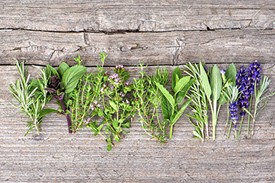
The Aromatic Family
Aromatics are an especially major group for men but much less so for women. As the name suggests, they overall comprise of fresh green herbs such as rosemary, thyme, sage and even lavender. Aromatics are rarely alone and are often coupled with citrus and spicy notes for fuller accords. As a result, the notes are characteristically viril and masculine. Common Aromatic Family Notes Rosemary, Sage, Thyme, Eucalyptus, Lavender
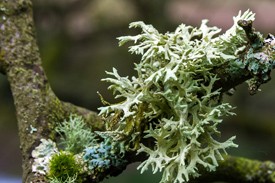
The Chypre Family
Chypre is an old and unique family. Chypres consist of a bergmot head followed by an oak moss and labdanum heart. The name means Cyprus in French but actually derives from a fragrance developed by François Coty in 1917 called Chypre. Chypre is in this case more of a concept than a family and can be considered largely symbolic by today’s standards. However, it was a feat in perfumery and many fragrance houses have used the model to create their own. Their various properties range from floral, fruity, green, aromatic and leathery notes. As a result, they are hard to liquidate into other families without separating them. They can also be identified by their warm moss base that contrasts with a fresh citrus head. Common Chypre Family Notes Bergamot, Oak Moss, Patchouli, Labdanum
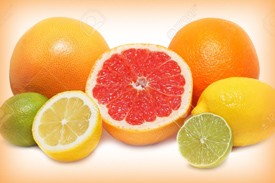
The Citrus Family
Citrus fragrances have been among us for centuries. The first and most famous eaux de cologne were unabashedly citrus fragrances likely due to their low tenacity. Needless to say, citrus fragrances mimic the scent of either the juice, zest or blossom of fruit such as lemon, bergamot, orange, mandarin and grapefruit. Citrus fragrances are usually fresh and light combined with floral, tart or aromatic notes for fuller accords. Finally, citrus notes are used through all the seasons. For instance, some of both the best winter fragrances as well as summer colognes will feature overt citrus notes. Common Citrus Family Notes Bergamot, Lemon, Mandarine, Grapefruit, Orange, Lime
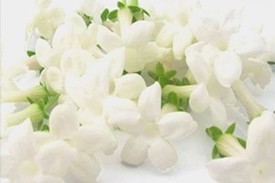
The Floral Family
Although the largest fragrance family, Floral has been almost exclusively reserved for women until recently. However, floral fragrances are just as old as the citrus family. They can consist of either a single flower or an elaborate bouquet of several. Furthermore, advances in synthesising compounds have allowed for more complex compounds. In fact, this is likely how the family became more common among men’s fragrances. Dominantly floral fragrances are still a rarity today for men. Nevertheless, they are common heart notes for many men’s fragrances. Common Floral Family Notes Jasmine, Rose, Geranium, Patchouli, Iris

The Fougère Family
Fougère is a major fragrance family for men. Unlike the floral and Chypre families, it’s dominated by masculine fragrances. Like Chypre, Fougère is something of a concept rather than a true family. Similarly, the name meaning “fern” in French is actually a reference to Fougère Royale. Launched by Houbigant Parfum in 1882, Fougère Royale revolutionised perfumery and many masculine fragrances are still designed using its framework. However, some perfumers prefer to dissolve this broad family into other categories. Nevertheless, it’s significance to perfumery means that it has withstood the test of time. In fact, fern is odourless. Furthermore, fougère fragrances are usually blends composed of lavender, wood, oak moss, coumarin and citrus. The resulting aroma comprises of sweet and spicy notes over a herbaceous and lichen backdrop. Finally, it’s worth noting that fougère fragrances perform particularly well during the early warmer seasons. Thanks to their bouquet of green and aromatic notes, they’re often among the best springtime fragrances for men. Common Fougère Family Notes Citrus, Lavender, Oak Moss, Coumarin, Geranium
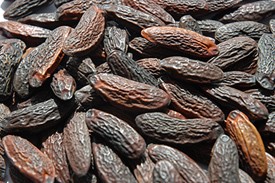
The Leather Family
The leather family is particularly different from its relatives. Surprisingly, tanning leather brought about a new dawn of perfumery. As the process was so foul smelling, tanneries would scent the finished products to mask the unpleasant odours of ammonia. The pleasant fragrances created with smoke, wood, resigns and honey combined with the skins’ aldehydic notes went on to become quite desirable. The oriental, woody and leather fragrance families would borrow off one another to mimic different aromas. Eventually, leather became so appealing that perfumers sought to simulate its characteristic fragrance. Therefore, leather fragrances can be identified today by tart, dry or smokey blends or even floral, crisp compositions. Common Leather Family Notes Smoke, Tobacco, Burnt Wood, Silver Birch, Vetiver

The Oriental Family
The rich exotic essences of oriental fragrances comprise of exotic herbs and spices such as vanilla and cistus as well as aldehydes. Resins, woods and amber create markedly warm and sensual aromas that can be powdery or dry. The musk of an oriental fragrance is often opulent and heady, which can be otherwise softened with more amber notes. Playing with the exotic connotations, oriental fragrances can simultaneously feature gourmand properties. Tantalising notes such as vanilla, coffee, cinnamon, anise and even chocolate can also be present for a mouthwatering finish. Thanks to their overt powdery and spicy notes, Oriental fragrances are often associated with the colder months. Therefore, it’s no surprise that they’re among the best men’s winter fragrances. Common Oriental Family Notes Myrrh, Atlas, Cedar, Vanilla, Sandalwood, Cinnamon

The Woody Family
Woody fragrances overall consist of either warm or opulent blends. Sandalwood and patchouli are among the most common warm notes while cedar or vetiver can be used for a drier finish. Otherwise, oily resins can be introduced from an exotic heart. Usually, some perfumers will curb the warmth of a woody fragrance with fresh citrus or aromatic head notes. Common Woody Family Notes Sandalwood, Pine, Patchouli, Vetiver, Cedarwood
